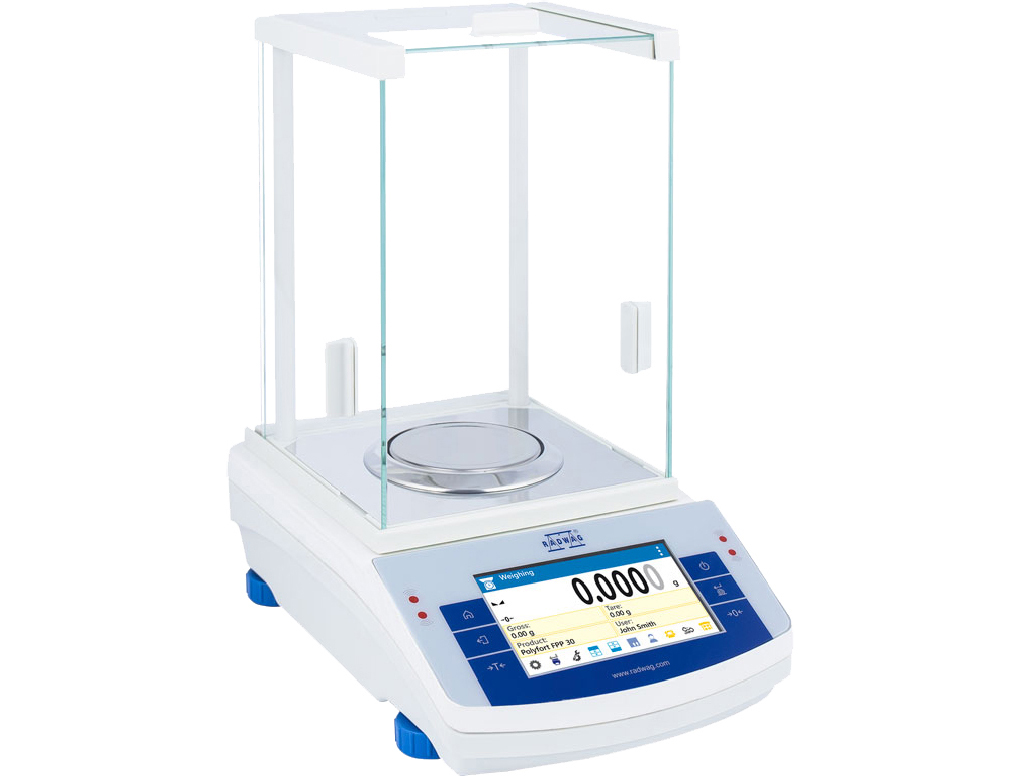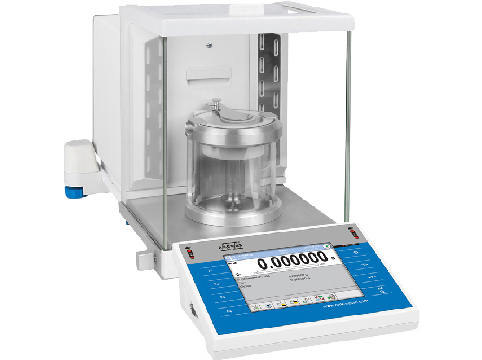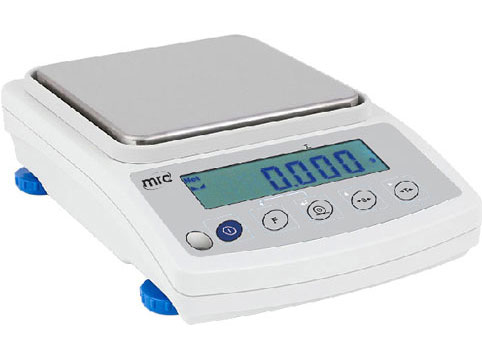There are a variety of several major laboratory balances. But first we will learn what it is.
What are Laboratory Balacnes?
Laboratory balances are used to measure the mass of solids, liquids, and other samples.
Specifications of Laboratory Balances
-Capacity,
-Resolutions
-Platform width and length.
-Display
-Intervace
-Ratings
- Readability
What to Consider
It is important to choose a room and location with stable conditions without vibrations, wind from a window and air conditioner, proximity to motors and stable temperature and humidity.
In addition a massive table is required or alternatively a weighing table made of granite.
If the conditions meet the requirements specified by the equipment manufacturer, it operates properly; If not, its operation is incorrect.
Once you have verified that the conditions in the lab are optimal for balance, you can focus on the performance of the device itself, functionality, dedicated accessories, compliance with regulations, services (calibration, certification and verification), compatibility with other devices, device operation and more.
Types Of Laboratory Balances
Here are the different types of Laboratory Balances
MG: 0.1,1,0.01. Analytical balances are highly sensitive lab instruments designed to accurately measure mass.

Medical Balance
Medical Balance is suitable for measurements in the field of medicine

Microbalance
A microbalance is a very accurate weighing instrument

Precision Balance
This balance is suitable for weighing quantities to a very accurate number, usually up to one milligram
